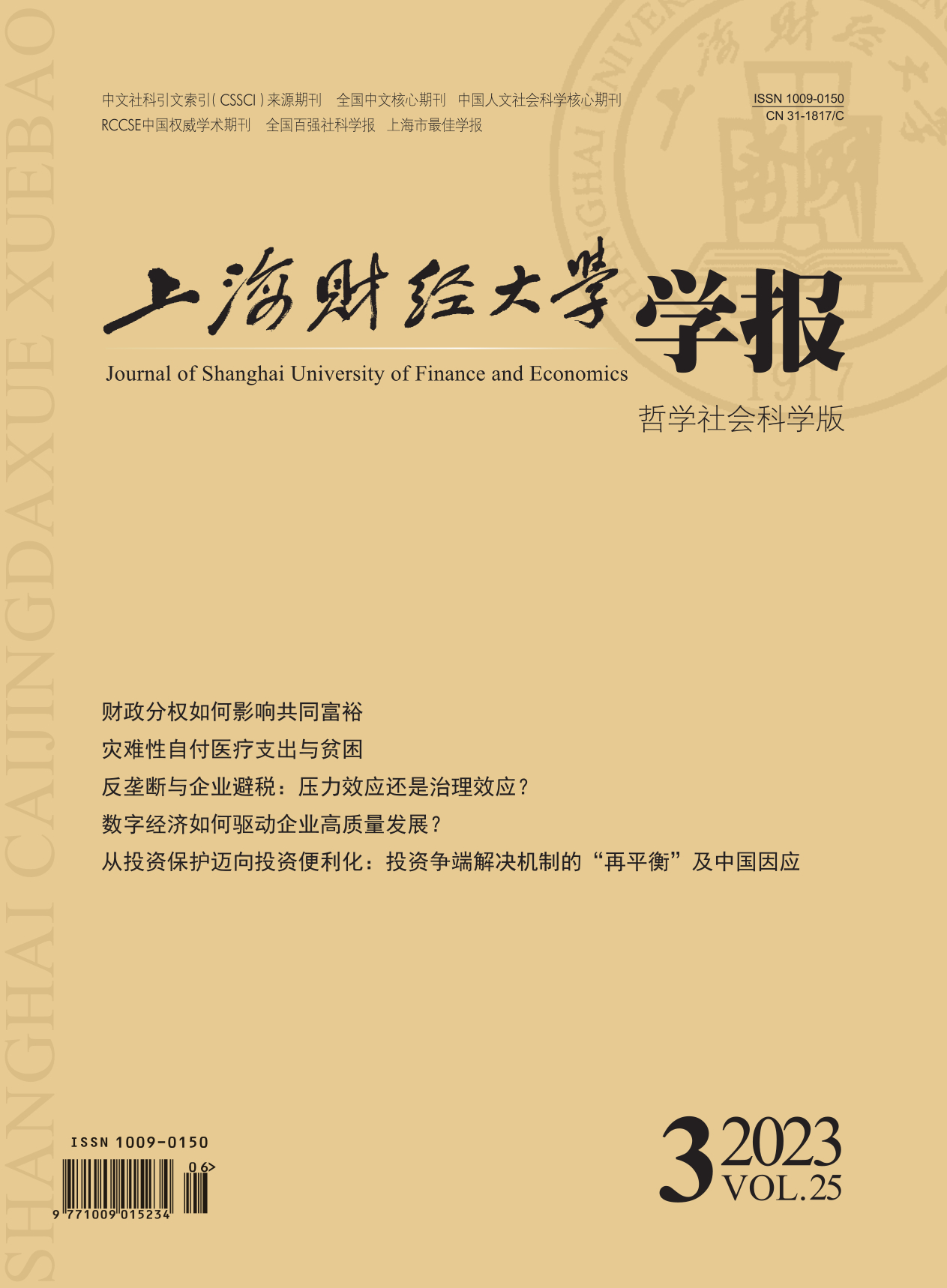表外资产是会计准则制定机构、监管机构十分关注的问题。文章将会计理论与产权经济学相结合,从“控制”条件和参照产权的角度,为重要的一类表外资产——换入形成的表外资产及其会计规范提供理论框架。文章认为会计理论在资产定义中引入了产权经济学的产权束概念,但在控制条件两个指标的计算中并未强调现有会计准则中参照产权的滞后性。当主体通过对原有的产权束扩容或分解而出现新的子产权交易时,会计准则可能无法提供类似的子产权交易进行参照。当主体选择包含该子产权交易的最小产权束予以参照时,可能导致该子产权难以达到控制条件而无法进入资产负债表。因此,解决换入形成表外资产的重要思路是针对新出现的子产权交易,及时对会计准则中的参照产权进行细化调整。应用上述理论框架,文章分析了近年来部分会计准则的修订及其减少表外资产的作用,并提出技术上的应对建议。
“控制”条件、产权束改变与会计准则制定——换入形成表外资产的理论分析
摘要
参考文献
1 李刚, 刘浩, 徐华新, 等. 原则导向、隐性知识与会计准则的有效执行——从会计信息生产者的角度[J]. 会计研究,2011,(6). DOI:10.3969/j.issn.1003-2886.2011.06.001
3 刘浩. 交易分拆、合同间关系与会计准则制定——合同合并条件的理论分析[J]. 会计研究,2021,(11). DOI:10.3969/j.issn.1003-2886.2021.11.012
4 王守海, 张晖, 陈作华, 等. 会计准则与金融监管规则协调研究: 理论基础、评价标准与政策建议[J]. 会计研究,2018,(3). DOI:10.3969/j.issn.1003-2886.2018.03.013
5 向显湖, 刘天. 论表外无形资产: 基于财务与战略相融合的视角——兼析无形资源、无形资产与无形资本[J]. 会计研究,2014,(4). DOI:10.3969/j.issn.1003-2886.2014.04.006
7 朱长胜. 试析表外资产的内涵、外延、识别及财税处理——基于会计、税法和资产评估的差异视角[J]. 商业会计,2020,(5). DOI:10.3969/j.issn.1002-5812.2020.05.025
8 Alchian A A. Uncertainty, evolution, and economic theory[J]. Journal of Political Economy,1950,58(3):211–221. DOI:10.1086/256940
9 Alchian A A. Some economics of property rights[J]. Il Politico,1965,30(4):816–829.
10 Alchian A A, Demsetz H. Production, information costs, and economic organization[J]. The American Economic Review,1972,62(5):777–795.
11 Camfferman K, Zeff S A. The challenge of setting standards for a worldwide constituency: Research implications from the IASB’s early history[J]. European Accounting Review,2018,27(2):289–312. DOI:10.1080/09638180.2017.1296780
12 Canning J B. The economics of accountancy: A critical analysis of accounting theory[M]. New York: The Ronald Press Company, 1929.
13 Cheung S N S. The structure of a contract and the theory of a non-exclusive resource[J]. The Journal of Law and Economics,1970,13(1):49–70. DOI:10.1086/466683
14 Cheung S N S. A theory of price control[J]. The Journal of Law and Economics,1974,17(1):53–71. DOI:10.1086/466784
15 Coase R H. The nature of the firm[J]. Economica,1937,4(16):386–405. DOI:10.1111/j.1468-0335.1937.tb00002.x
16 Demsetz H. Towards a theory of property rights[J]. The American Economic Review,1967,57(2):347–359.
18 Dye R A. Classifications manipulation and Nash accounting standards[J]. Journal of Accounting Research,2002,40(4):1125–1162. DOI:10.1111/1475-679X.00084
19 Dye R A, Glover J C, Sunder S. Financial engineering and the arms race between accounting standard setters and preparers[J]. Accounting Horizons,2015,29(2):265–295. DOI:10.2308/acch-50992
20 Eggertsson T. Economic behavior and institutions[M]. Cambridge: Cambridge University Press, 1990.
21 FASB. Statement of financial accounting concepts No. 3: Elements of financial statements of business enterprises[R]. 1980.
22 FASB. Statement of financial accounting concepts No. 5: Recognition and measurement in financial statements of business enterprises[R]. 1984.
23 FASB. Statement of financial accounting concepts No. 6: Elements of financial statements[R]. 1985.
24 FASB. Conceptual framework for financial reporting: Chapter 4, Elements of financial statements[R]. 2021.
25 Gao P Y, Jiang X. The economic consequences of discrete recognition and continuous measurement[J]. Journal of Accounting and Economics,2020,69(1):101250. DOI:10.1016/j.jacceco.2019.101250
26 He X J, Wong T J, Young D. Challenges for implementation of fair value accounting in emerging markets: Evidence from China[J]. Contemporary Accounting Research,2012,29(2):538–562. DOI:10.1111/j.1911-3846.2011.01113.x
27 Herz R H. More accounting changes: Financial reporting through the age of crisis and globalization[M]. Bingley: Emerald Group Publishing Limited, 2016.
28 IASB. Conceptual framework for financial reporting[R]. 2018.
29 Jiang J, Wang I Y, Wangerin D D. How does the FASB make decisions? A descriptive study of agenda-setting and the role of individual board members[J]. Accounting, Organizations and Society,2018,71:30–46. DOI:10.1016/j.aos.2018.05.002
30 Kabir H, Rahman A. How does the IASB use the conceptual framework in developing IFRSs? An examination of the development of IFRS 16 Leases[J]. Journal of Financial Reporting,2018,3(1):93–116. DOI:10.2308/jfir-52232
31 Lev B, Gu F. The end of accounting and the path forward for investors and managers[M]. Hoboken: John Wiley & Sons, 2016.
32 Paton W A, Littleton A C. An introduction to corporate accounting standards[M]. Chicago: American Accounting Association, 1940.
33 Previts G J, Merino B D. A history of accounting in America: An historical interpretation of the cultural significance of Accounting[M]. New York: John Wiley & Sons, 1979.
34 Sprague C E. The philosophy of accounts[M]. New York: The Ronald Press Company, 1917.
35 Sunder S. Paradox of writing clear rules: Interplay of financial reporting standards and engineering[J]. The Japanese Accounting Review,2011,1:119–130. DOI:10.11640/tjar.1.2011_119
36 Watts R L, Zimmerman J L. Positive theory of accounting[M]. Englewood Cliffs: Prentice-Hall, 1986.
37 Williamson O E. Transaction-cost economics: The governance of contractual relations[J]. The Journal of Law and Economics,1979,22(2):233–261. DOI:10.1086/466942
38 Williamson O E. The economic institutions of capitalism[M]. New York: Free Press, 1985.
引用本文
刘浩, 徐华新. “控制”条件、产权束改变与会计准则制定——换入形成表外资产的理论分析[J]. 上海财经大学学报, 2023, 25(3): 108-122.
导出参考文献,格式为:





 6817
6817  3782
3782

